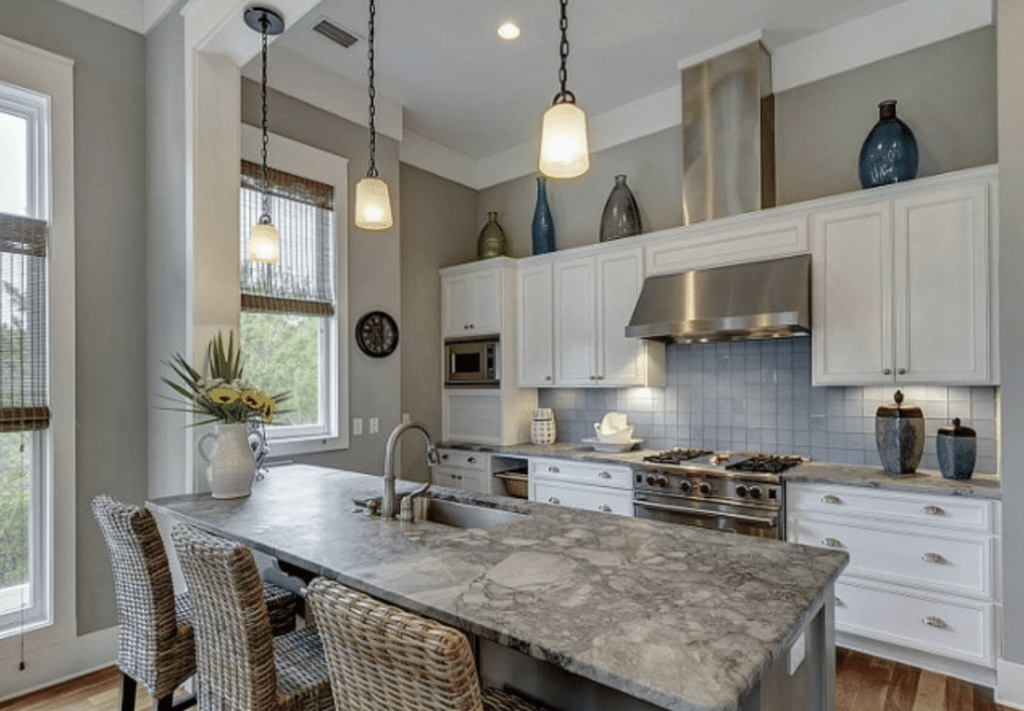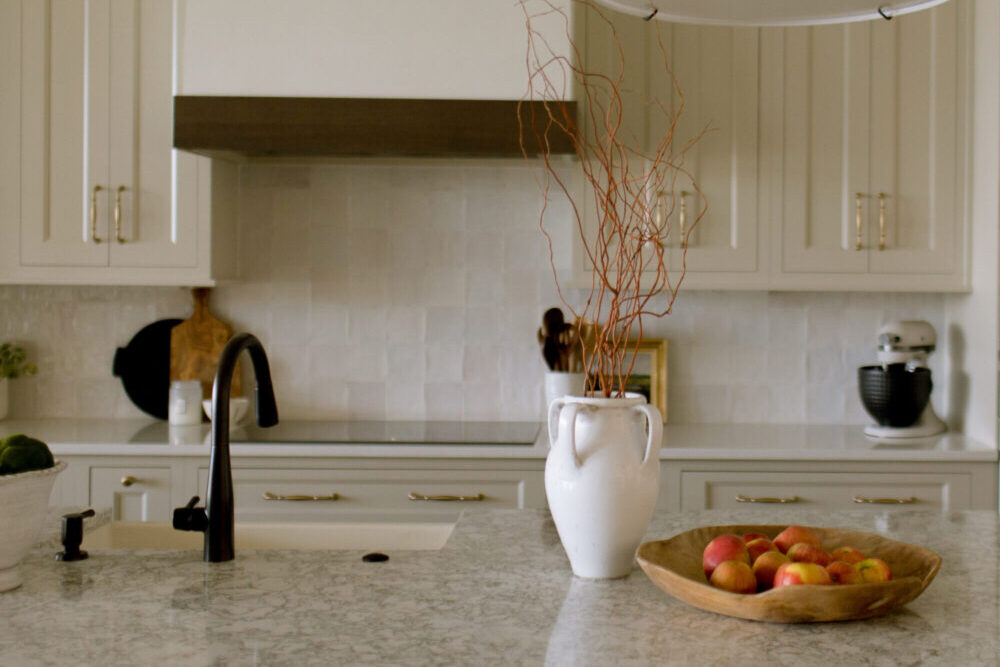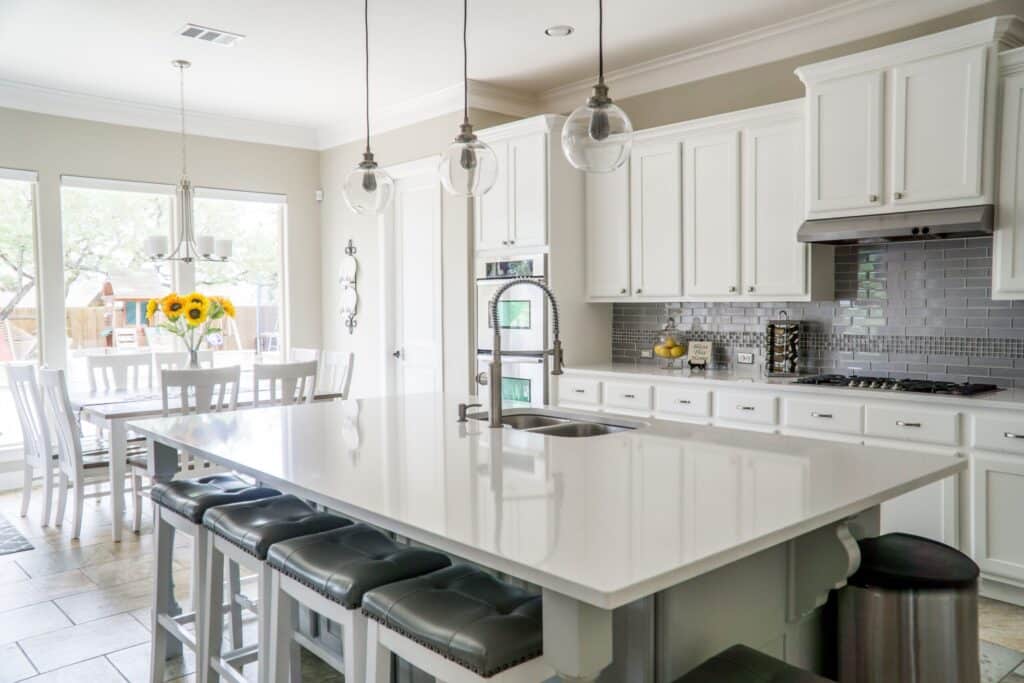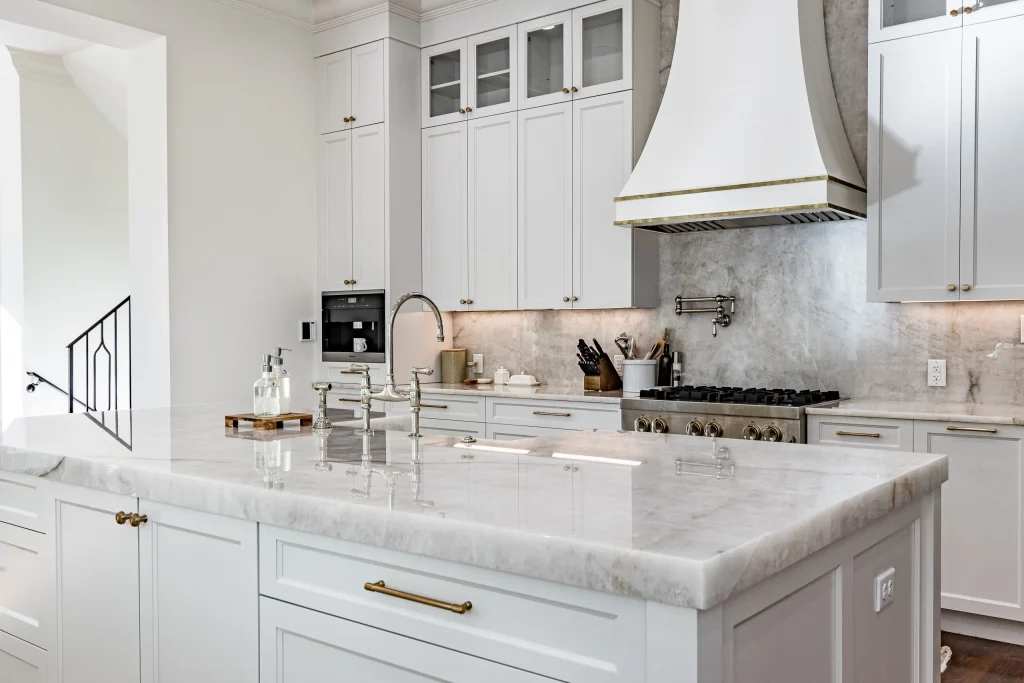When planning a kitchen renovation, most homeowners focus on layout, cabinetry, and appliances. But one often-overlooked detail that can dramatically impact the look and feel of your space is the finish of your surfaces—especially countertops, backsplashes, and flooring. Among the available options, honed finishes have grown increasingly popular for their understated elegance and tactile appeal.
In this article, we’ll explore what a honed finish is, its benefits and drawbacks, and how to incorporate it thoughtfully into your kitchen renovation.
What Is a Honed Finish?

A honed finish refers to a surface that has been ground down to a smooth, matte or satin-like texture. Unlike a polished finish, which is glossy and reflective, a honed surface is low-sheen and velvety to the touch. This finish is often used on natural stone surfaces like marble, granite, limestone, and quartzite, but it’s also available in engineered materials like quartz and porcelain slabs.
Why Choose a Honed Finish?
1. Aesthetic Appeal
Honed surfaces have a soft, natural look that works well in a variety of design styles—from rustic farmhouse kitchens to sleek modern interiors. The muted surface enhances the stone’s natural veining and color without the glare of polish.
2. Tactile Warmth

The matte texture of a honed finish adds a sense of warmth and comfort, making the kitchen feel more inviting. It’s ideal for homeowners who want a more organic, lived-in look.
3. Less Visible Scratches and Etching
Polished surfaces can show scratches, etching, and fingerprints more easily. Honed finishes, on the other hand, tend to hide minor imperfections, making them a great option for busy kitchens.
Where to Use Honed Finishes in the Kitchen
Countertops
Honed countertops are particularly popular in natural stones like marble or soapstone. While marble is prone to etching from acids (like lemon juice or vinegar), a honed finish can make this less noticeable.

Backsplashes
For a seamless and modern look, honed stone backsplashes offer a clean, contemporary aesthetic that doesn’t compete with other design elements.
Flooring
A honed finish on stone tiles reduces slipperiness, making it a safer and more practical choice for kitchen flooring—especially in homes with children or pets.
Pros and Cons of Honed Finishes
| Pros | Cons |
| Elegant, soft appearance | Can be more porous than polished |
| Hides scratches and etching | May show oil or grease stains |
| Less slippery underfoot | Requires sealing and maintenance |
| Matches many design styles | May appear dull to some tastes |
Maintenance Tips

- Seal regularly: Honed stone is more porous than polished stone, so regular sealing is important to prevent staining.
- Clean with pH-neutral products: Avoid harsh cleaners that can damage the finish or react with the stone.
- Wipe spills promptly: Especially acidic liquids like citrus juice or wine, which can etch the surface.
Is a Honed Finish Right for Your Kitchen?
If you value natural beauty, subtle texture, and a timeless aesthetic, then a honed finish might be the perfect choice for your kitchen renovation. While it may require a bit more maintenance than its polished counterpart, the payoff is a surface that ages gracefully and brings a grounded, calming presence to the heart of your home.
Final Thoughts
Honed finishes are a stylish and practical option for today’s kitchens. Whether you’re creating a high-end luxury space or a cozy family kitchen, incorporating honed surfaces can add both function and beauty. As with any material decision, it’s best to see samples in person and consult with your designer or stone supplier to ensure the finish aligns with your lifestyle and maintenance expectations.

Leave a Reply